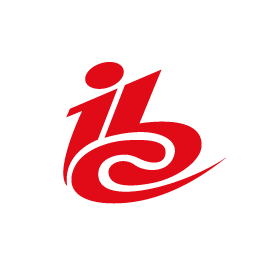For those who have been invited to write a full paper, congratulations! Full guidelines on paper format, style, content is provided below. Please use this document as a template for writing your paper, and follow the guidance provided within.
IBC Technical Papers – Submissions from Russia & Belarus
IBC strongly condemns the unprovoked invasion of Ukraine by Russia and hopes for a resolution as soon as possible.
Media Technology is being used by the Russian Government to support the invasion and IBC stands alongside the IABM and the Support for Ukrainian Media Professionals group in condemning this activity in the strongest possible way.
IBC will continue to disallow all Technical Paper submissions from Russia and Belarus until further notice.
